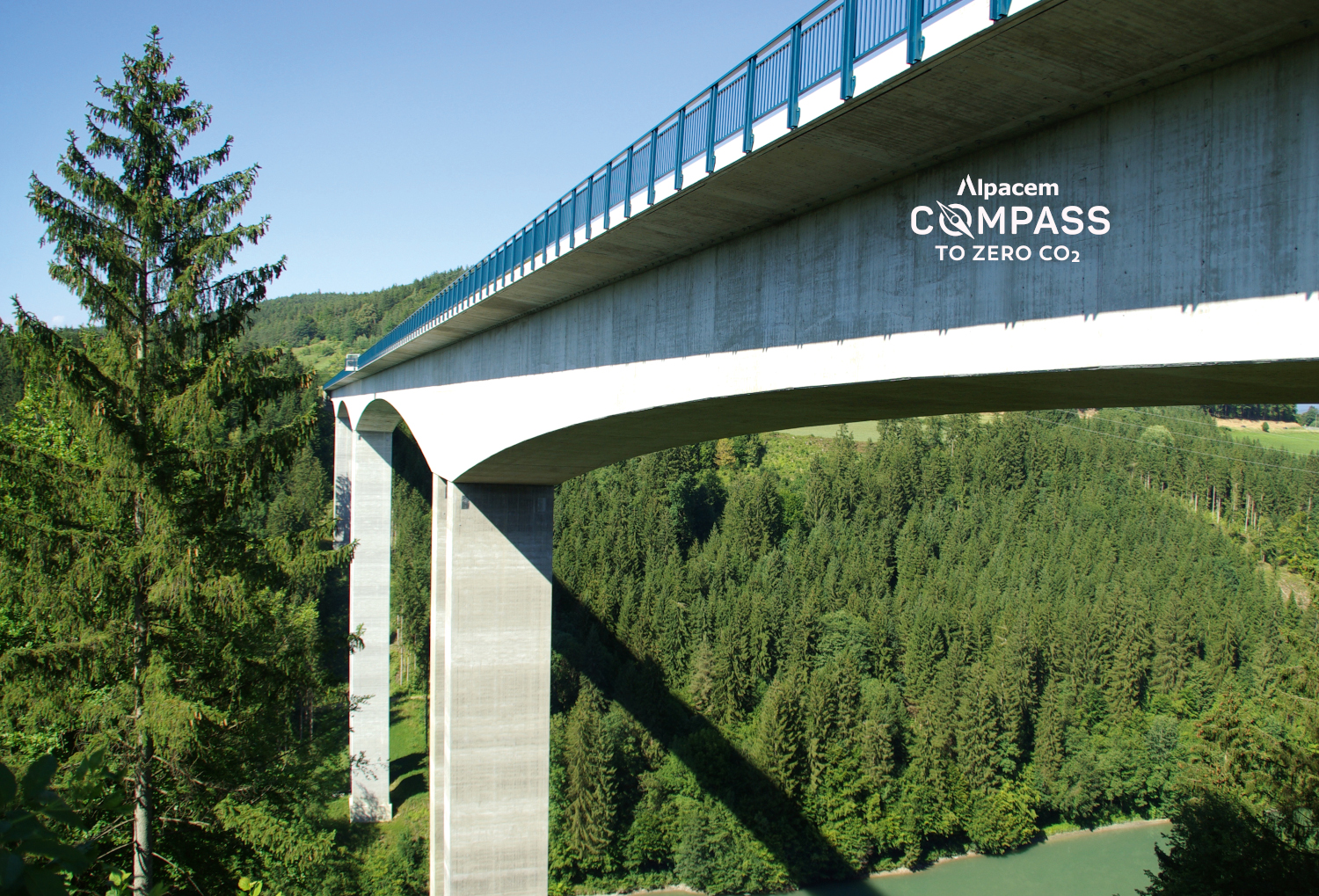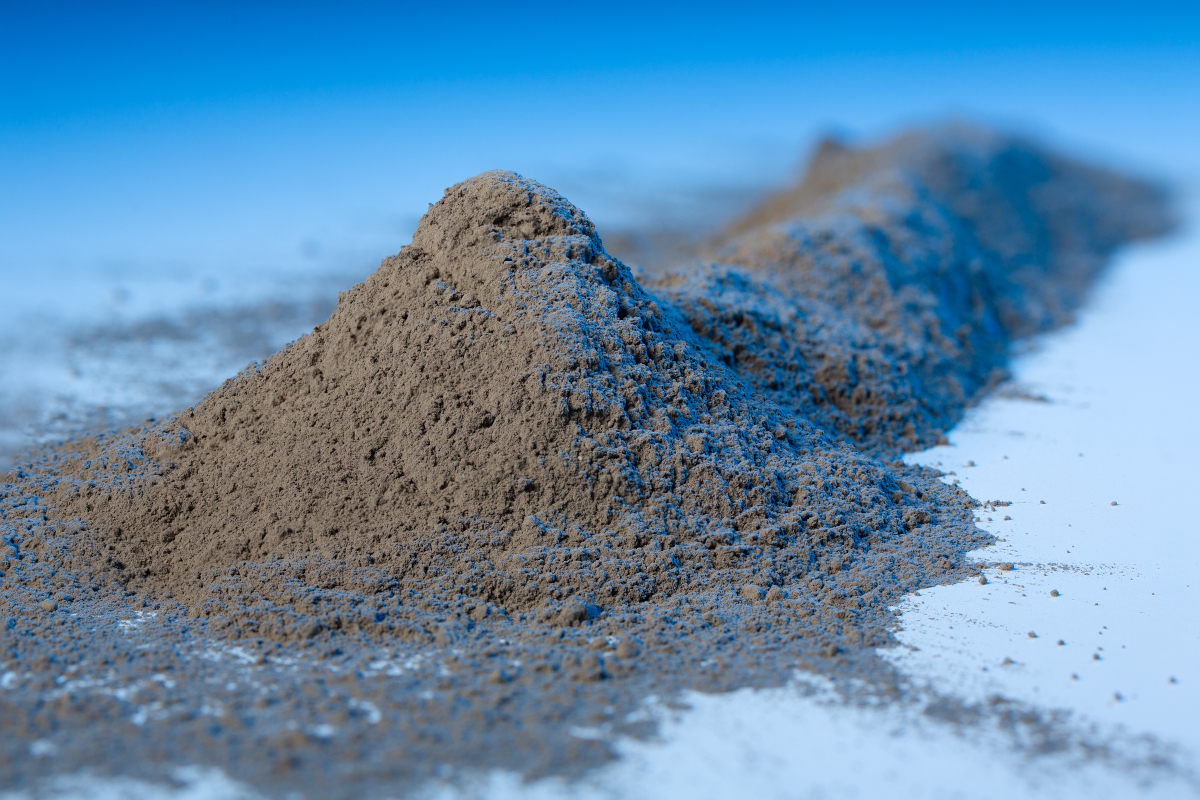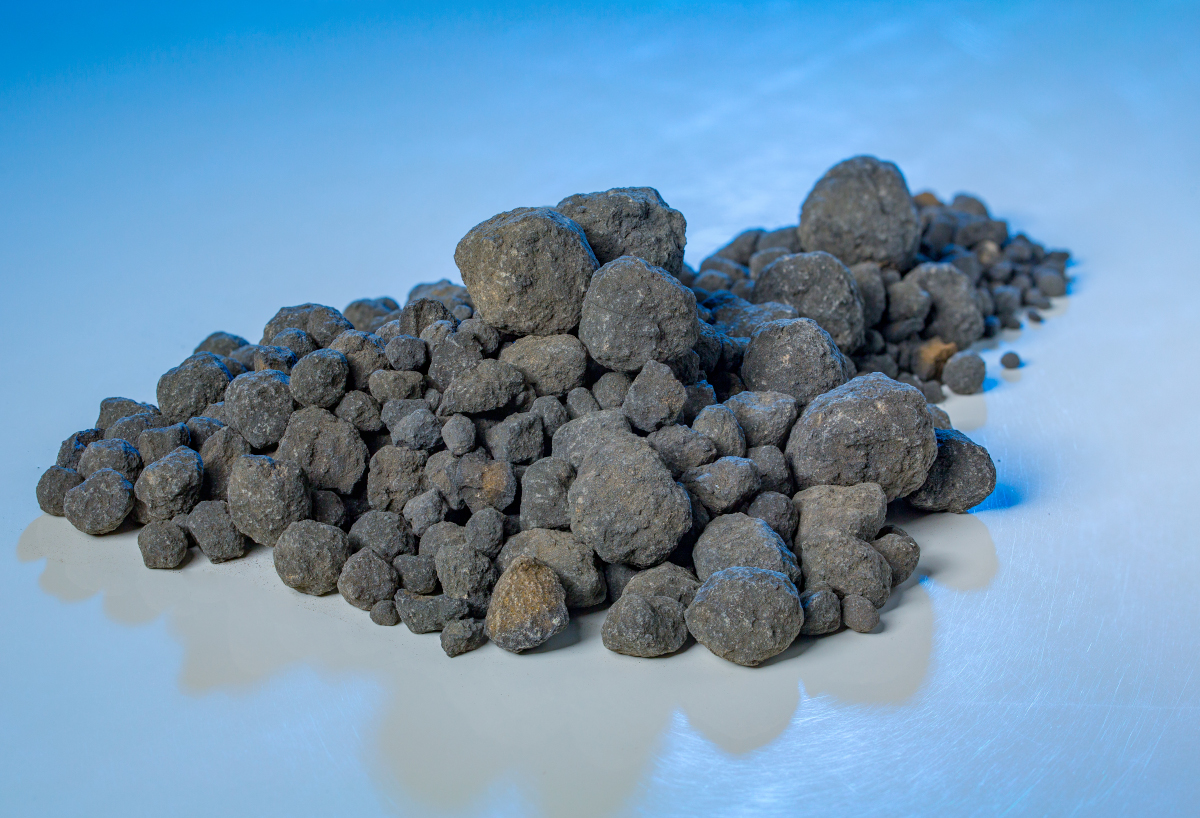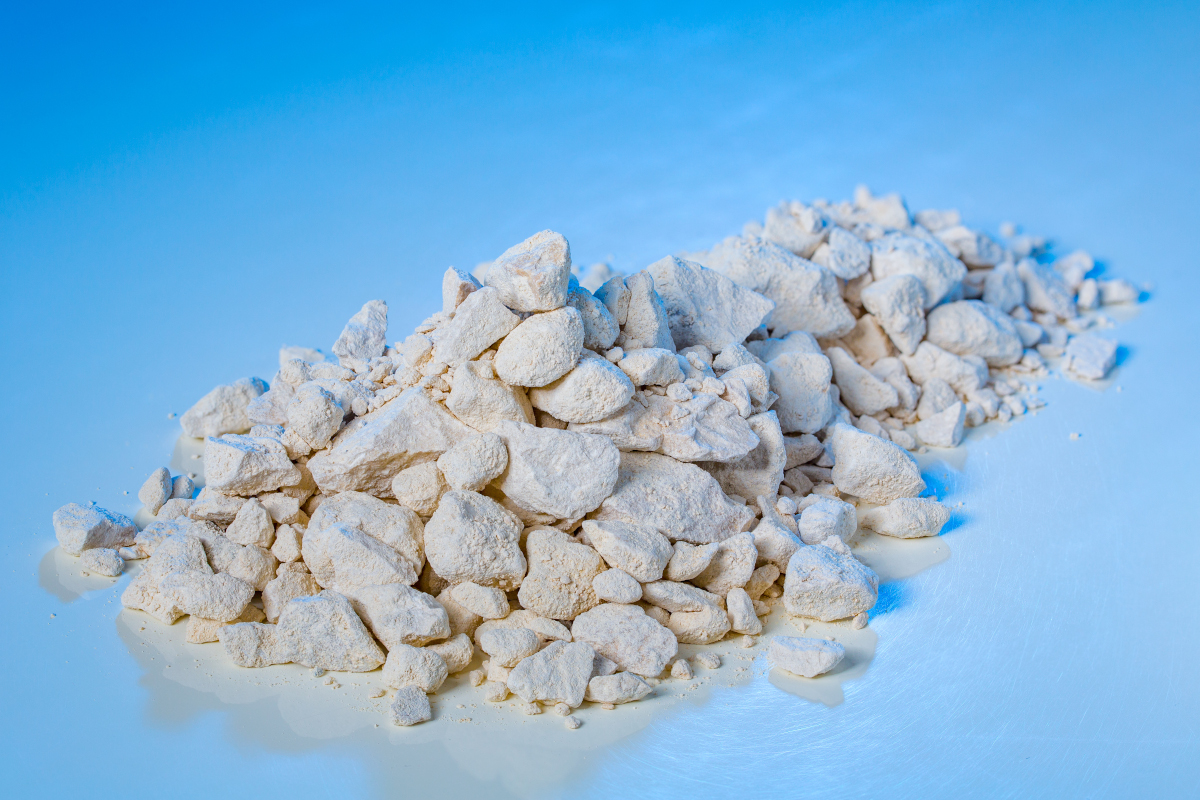
Basic Information
Cement and building materials made from it are used to shape our environment—from residential construction, transportation and energy infrastructure to our workplaces and leisure facilities: there is no way around cement.
In addition to its important function as a building material, cement plays a key role in the circular economy: the manufacturing process uses waste materials as raw materials that previously had to be sent to landfill. Furthermore, the thermal energy is mainly generated by burning plastics, which are processed in their entirety (i.e., without any ash remaining) in the cement manufacturing process.
Cement & CO2
Cement has many positive properties, but its production is very energy- and CO2-intensive. The cement industry is therefore pursuing action plans to reduce these emissions.
The main source of CO2 is the process-related decomposition of limestone (process CO2) in the raw material into calcium oxide and carbon dioxide. Without this step, the production of Portland cement clinker is not possible.
The other major source is the combustion process, which provides the necessary thermal energy (combustion CO2).
Two-thirds of total emissions come from process CO2, one-third from combustion CO2.

Cement
Cement always consists of cement clinker and gypsum. Depending on the type, additives such as slag, limestone, and fly ash are also ground together.

Cement clinker
Cement clinker is the main component of cement. It is produced from marl, limestone, and corrective materials in a rotary kiln.

Limestone
Limestone (CaCO3) is used together with marl (a mixture of limestone, clay, and silica) in cement clinker production. Limestone consists of 44% CO2 and 56% CaO. Limestone is also used as an additive in cement and binder grinding.




